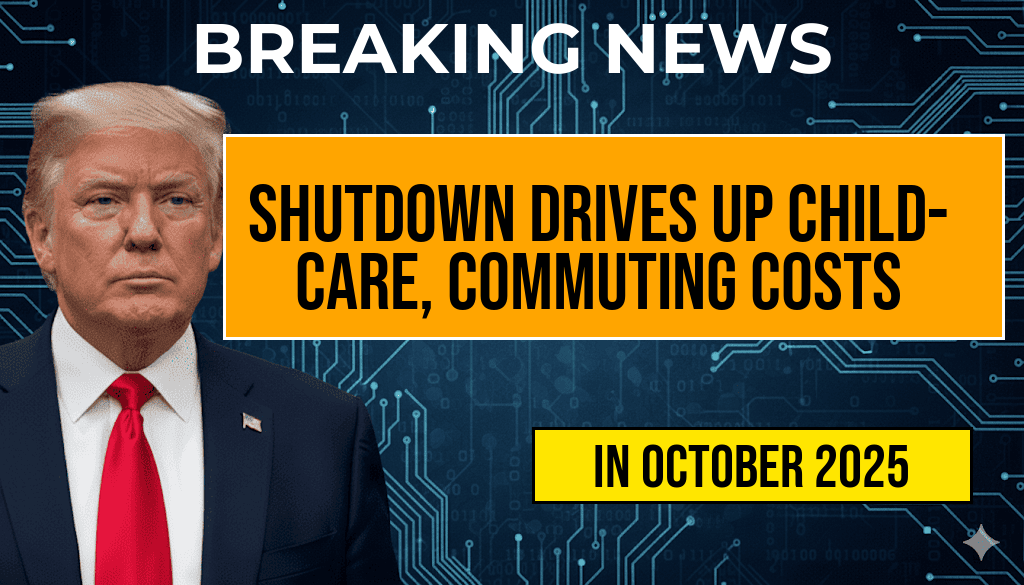The recent furloughs of IRS workers have raised significant concerns among taxpayers regarding the processing of extension requests and refunds. As the agency grapples with staffing shortages and operational challenges, the so-called $0 service window has emerged as a critical period where taxpayers may experience delays. Understanding how these furloughs impact tax extensions and refunds is essential for individuals and businesses navigating their financial obligations. This article explores the implications of the IRS worker furloughs, how they affect tax processes, and what taxpayers can do to mitigate the impact of these delays.
The Context of IRS Worker Furloughs
In an effort to manage budget constraints and streamline operations, the IRS has implemented furloughs for its workforce. These temporary layoffs have resulted in reduced personnel available to handle taxpayer inquiries, process returns, and manage other essential services. According to IRS officials, the furloughs were necessary to balance the agency’s budget amid increasing operational costs.
Understanding the $0 Service Window
The $0 service window refers to a period during which the IRS has limited capacity to address taxpayer needs. This situation arises when a significant portion of the workforce is unavailable due to furloughs, leading to longer wait times for phone support, delayed processing of returns, and a backlog of extension requests. The effects of this service window can be particularly pronounced during peak tax season, when the demand for IRS services is at its highest.
Impacts on Tax Extensions
- Delayed Processing: Taxpayers who file for extensions may face delays in receiving confirmation from the IRS. While extensions allow individuals to postpone their filing deadline, the lack of timely processing can create uncertainty.
- Increased Stress: The uncertainty surrounding extension confirmations can lead to stress for taxpayers concerned about meeting their obligations on time.
- Potential Penalties: If an extension is not processed in time, taxpayers may be at risk of incurring penalties for late filing.
Impacts on Tax Refunds
- Longer Wait Times: The IRS has indicated that it may take longer than usual to process refunds due to the reduced workforce. Taxpayers can expect to wait several weeks longer than the typical timeframe.
- Backlog Issues: With fewer employees available, the IRS faces significant backlogs, especially for those filing paper returns, which are already slower to process.
- Communication Gaps: Limited staffing means that taxpayers may find it difficult to get answers to their queries regarding the status of their refunds.
What Taxpayers Can Do
Despite the challenges presented by IRS worker furloughs and the $0 service window, there are steps taxpayers can take to manage their situations effectively:
- File Early: Submitting tax returns and extension requests as early as possible can help ensure timely processing before the backlog worsens.
- Utilize Online Resources: The IRS website offers a wealth of information, including tools for checking the status of refunds and extensions. Taxpayers are encouraged to use these resources to minimize the need for direct contact with the agency.
- Stay Informed: Keeping up with IRS announcements regarding furloughs and service outages can help taxpayers plan their tax strategies more effectively. Visit the IRS [official website](https://www.irs.gov/) for updates.
Conclusion
The IRS worker furloughs have created a challenging environment for taxpayers, particularly concerning the processing of extensions and refunds. With the $0 service window in effect, understanding the potential impacts and taking proactive measures can help mitigate the difficulties faced during this period. For more detailed information on how the IRS operates, refer to this [Wikipedia page](https://en.wikipedia.org/wiki/Internal_Revenue_Service).
| Type of Request | Normal Processing Time | Expected Delay Due to Furloughs |
|---|---|---|
| Tax Extension Confirmation | 1-2 weeks | 3-4 weeks |
| Tax Refunds (e-filed) | 21 days | 4-6 weeks |
| Tax Refunds (paper filed) | 6-8 weeks | 8-12 weeks |
For additional insights on IRS operations and taxpayer rights, you can read more on [Forbes](https://www.forbes.com/advisor/taxes/irs-tips-for-taxpayers/).
Frequently Asked Questions
What are IRS worker furloughs?
IRS worker furloughs occur when the Internal Revenue Service temporarily reduces its workforce due to budget constraints or other federal mandates, leading to a decrease in available services.
How do furloughs affect my tax extension?
During IRS worker furloughs, processing times for tax extensions may be delayed, which could impact your ability to file on time. It is essential to stay informed about any updates from the IRS regarding your tax extension.
Will my tax refund be delayed due to furloughs?
Yes, IRS worker furloughs can result in delayed processing of tax refunds. With fewer employees available to handle claims, it may take longer for refunds to be issued.
What does the term ‘$0 service window’ mean?
The $0 service window refers to periods during which the IRS is unable to provide assistance or process requests due to staffing shortages caused by furloughs. This means taxpayers might not receive support or updates during this time.
What steps can I take to mitigate the impact of furloughs on my taxes?
To mitigate the impact of IRS worker furloughs, consider filing your taxes early, checking the IRS website for updates, and ensuring all necessary documentation is in order to avoid additional delays.










